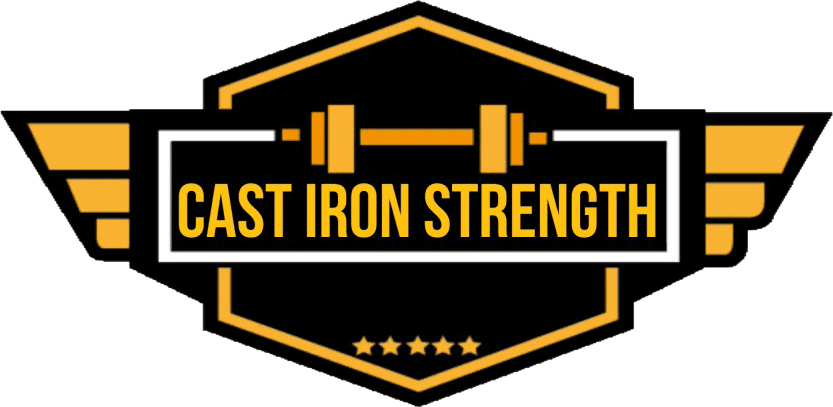“Assistance” work can include a huge variety of exercises that are often included in programmes sometimes for great reasons and other times just because I seen this guy doing it. Assistance can be an asset to a programme or it can be a huge waste of recovery capital and time. To decide wither or not an assistance exercise is of worth to your programme you can perform the following flow chart.
This 5 stage question and answer process is just a way of systematically looking at your assistance exercises and using a process to weed out the wheat from the chaff. To make a point I will look at a common problem in lifting and some solutions and see how it might pan out.
Case Study One – I want to bring up the size of my biceps
Problem – I am not happy with the size of my biceps relative to the rest of my body and the current routine I am undertaking isn’t providing the results I want.
Available Solutions
- Increase the intensity of your workout (more weight lower reps)
- Increase the volume of your workout (by adding sets and exercises)
- Increase the volume of your workout(s) (by adding in more sessions)
- Increase the variance in your training with similar volume.
Which Solution do I want to Implement?
Since we are going to do this in a systematic factor we are going to choose one variable to change and track it’s success rate, if we take multiple variables on at once we will find it much more difficult to decipher what has worked for the problem.
For the point of illustration we are going to increase the volume in out bicep routine by adding another similar session.
Our current routine looks like
1 Day
EZ Curl 4×10
DB Curl 3×10
EZ Single Arm Curl 3×10
We are going to add in another day with the same exercises and volume so it will look like
2 Days
EZ Curl 4×10
DB Curl 3×10
EZ Single Arm Curl 3×10
What Time Frame are we going to give to the solution we are trying?
Since it is a change in size we are measure a period of 4-6 weeks would be appropriate, we will say 6 for the point of illustration.
Was the solution Successful?
To measure the affect of our intervention we will take an objective measure of the variable we are trying to change in this case bicep size. We will measure our biceps on a Monday and Friday on waking fasted with no water we will do this every week for the 6 weeks and create a reliable measure of the change.
Let’s for the sake of argument say we didn’t change the size of our biceps by adding in 200% volume over the 6 week period. It might be safe to presume that the volume in your programme wasn’t the factor effecting your bicep development maybe your next solution might be to try and increase the intensity. Maybe your next 6 week intervention might look like this –
Our current routine looks like
1 Day
EZ Curl 4×10
DB Curl 3×10
EZ Single Arm Curl 3×10
New routing –
1 Day
EZ Curl – 4 x 6 to 8 reps (taken to failure)
DB Curl – 4 x 6 to 8 reps (taken to failure)
EZ Single Arm Curl – 4 x 6 to 8 reps (taken to failure)
Again using the same process to decipher wither or not it has had the desired effect.
Using your Journal to see what has worked and what has not worked
In the above video Matt talks about how he came upon the solution that Rows where one of the things in his journal that was present when his lifting was going well and how he used this to make the inference that Rows as an assistance exercise where a keystone to his lifting.
This kind of reasoning however is open to a whole host of errors, first of all it doesn’t provide an objective performance measure and just relies on Matt’s own personal inferences to come upon a solution which leaves it open to subjection and bias.
It could be as simple as Mike REALLY LIKES ROWS! I MEAN REALLY LIKES THEM! and to this effect he is just looking for an excuse to keep them in his programme so he can flounder about like a landed trout with a dumbbell that is far too heavy to be moved in any purposeful manner load that bitch to youtube and get all kinds of hits.
This doesn’t provide you with any information of real worth. Only by systematically working your way through the problem will you come across an answer that will not be prone to human error and might actually provide you with a tool set of assistance exercises you find actually work for you.
If your involved in a sport with a tangible performance measure (jump height in basketball, bench press in power lifting, 40m time in a team sport) you can use these performance metrics to perform mini case studies to limit your programme to exercises and assistance that has a measurable outcome on improving your performance.
Which at the end of the day is the name of the game (two colloquialisms in one sentence now that’s performance).
Marc



